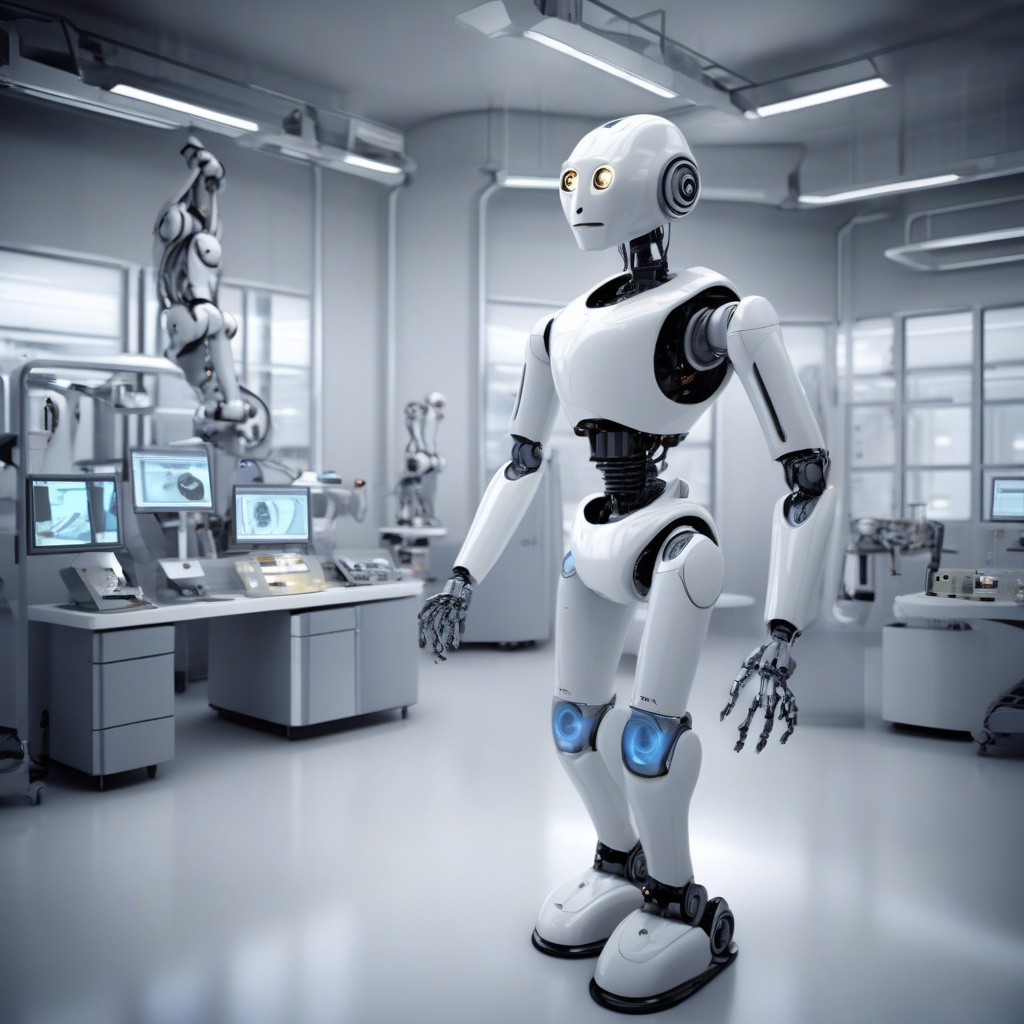Advancing Robot Vision and Control: A Hybrid Approach
In the realm of robotics, the seamless integration of vision and control is paramount for enhancing robotic capabilities. Achieving proficient hand-eye coordination is crucial, especially when robots are tasked with activities such as reaching, manipulation, and pick-and-place tasks. To elevate the performance of robotic systems, researchers have been exploring innovative approaches that leverage visual servoing and deep reinforcement learning (RL). This article delves into the comparison of these two methodologies and proposes a hybrid method that combines the strengths of both for optimal control performance.
Robotic applications frequently necessitate the synchronization of visual perception with the robot’s movement. Traditional techniques built on visual servoing excel in achieving precision with minimal training data. On the other hand, approaches grounded in reinforcement learning offer the potential for broad generalization but demand extensive amounts of training data to operate effectively. Recognizing the distinct advantages and limitations of each method, there is a compelling opportunity to merge these strategies into a cohesive hybrid approach that overcomes the shortcomings of individual techniques.
By fusing the efficiency of visual servoing with the adaptability of reinforcement learning, a hybrid model can offer a balanced solution that excels in accuracy, resilience, and efficiency. This synergy enables robots to navigate through tasks with finesse, combining the quick responsiveness of visual servoing with the overarching learning capabilities of reinforcement learning. As a result, the hybrid approach not only enhances the robot’s ability to perform intricate maneuvers with precision but also equips it with the flexibility to tackle diverse challenges in real-world scenarios.
One significant advantage of the hybrid approach is its capacity to reduce the reliance on extensive training datasets while maintaining high levels of accuracy. By integrating visual servoing’s ability to swiftly react to immediate visual cues with reinforcement learning’s capacity to learn from interactions and make informed decisions, robots can swiftly adapt to dynamic environments with minimal prior training. This adaptability is essential for tasks that involve uncertainty or variability, allowing robotic systems to swiftly adjust their actions based on real-time feedback.
Moreover, the hybrid model promotes robustness in robotic control by combining the stability of visual servoing with the adaptiveness of reinforcement learning. Traditional visual servoing methods are known for their reliability in precise control tasks, ensuring that robots can execute movements with accuracy. On the other hand, reinforcement learning excels in scenarios where adaptability and exploration are crucial. By integrating these aspects, the hybrid approach creates a robust control framework that can handle a wide range of tasks while maintaining stability and precision.
In conclusion, the fusion of visual servoing and reinforcement learning into a hybrid approach represents a significant advancement in the field of robot vision and control. By leveraging the strengths of both methodologies, this hybrid model empowers robots to perform tasks with enhanced accuracy, adaptability, and efficiency. As researchers continue to refine and optimize this approach, we can anticipate a new era of robotic systems that are not only proficient in their operations but also versatile in their capabilities. The future of robotics is indeed bright, guided by the evolution of innovative techniques that push the boundaries of what robots can achieve in diverse environments and applications.

